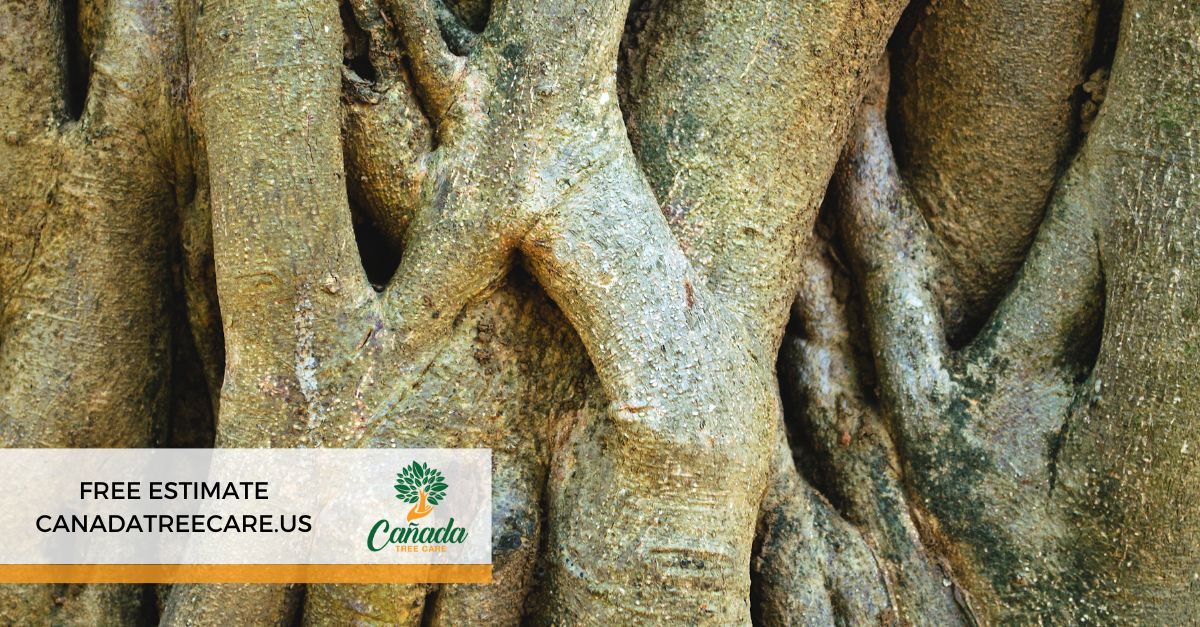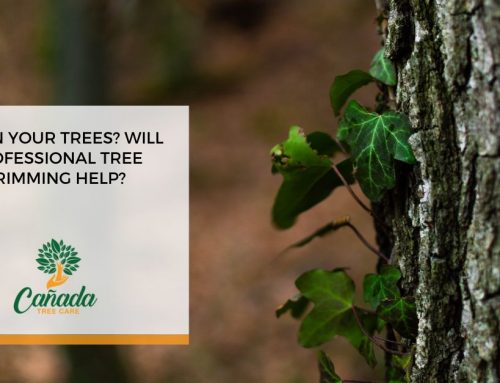Parasitic plants are a unique group that relies on host plants for their nutritional needs. While some can coexist harmlessly with their hosts, others can pose a real threat to the health and vitality of your trees. Three common parasitic plants that often necessitate the intervention of a tree trimming service are dodder, oak mistletoe, and dwarf mistletoe. Let’s take a closer look at how they operate.
Parasitic Plants For Which Tree Trimming Services Recommend Removal
Dodder
Dodder is a notoriously parasitic plant. Recognized for its lack of chlorophyll, dodder depends entirely on host plants for nutrients. This parasitic plant is easily identifiable by its thin, thread-like stems that wind themselves around the host plant. Dodder extracts nutrients by attaching specialized structures called haustoria to the host’s system, draining its resources and weakening it over time.
A dodder infestation can be particularly detrimental to a tree’s health. Symptoms include stunted growth, wilting, and a decline in overall vigor. Since dodder lacks leaves and does not rely on photosynthesis, the traditional approach of pruning leaves may not suffice. In such cases, calling for a tree trimming service becomes essential to remove the dodder-infested branches and prevent further damage.
Oak Mistletoe
Oak mistletoe is a hemiparasitic plant commonly found on oak trees, hence its name. Unlike dodder, mistletoe does have some chlorophyll, allowing it to produce its food through photosynthesis. However, it still relies on host trees for water and minerals, posing a threat to their overall health.
Identifiable by its green, bushy appearance, oak mistletoe often forms dense clusters in the upper branches of trees. Over time, the mistletoe’s growth can weaken the host tree, leading to dieback, reduced vigor, and an increased susceptibility to diseases and pests. Pruning and removing mistletoe-infested branches are crucial steps in mitigating the impact of oak mistletoe on tree health. Professional tree trimming services can effectively identify and eliminate mistletoe-infested branches, promoting the well-being of the host tree.
Dwarf Mistletoe
Dwarf mistletoe is another parasitic plant species known for its detrimental impact on coniferous trees. Unlike oak mistletoe, dwarf mistletoe lacks chlorophyll entirely, making it wholly dependent on host trees for sustenance. This parasitic plant is particularly destructive in coniferous forests, where it can spread rapidly through airborne seeds.
Dwarf mistletoe infections often result in deformities, reduced growth, and eventually, the death of infected trees. The plant disperses its seeds explosively, contributing to the rapid spread of infestations. To curb the impact of dwarf mistletoe on coniferous trees, tree trimming services play a vital role. Professionals can identify and remove infected branches, helping to control the spread of this parasitic plant and protect the overall health of the surrounding environment.
Ultimately, parasitic plants like dodder, oak mistletoe, and dwarf mistletoe can all pose significant threats to the health of the other trees in your garden. If you would like a professional tree trimming service to come and eliminate the presence of any of the above in your own outdoor space, then don’t hesitate to get in touch with the best in the business at Canada Tree Care. We look forward to hearing from you!







Leave A Comment